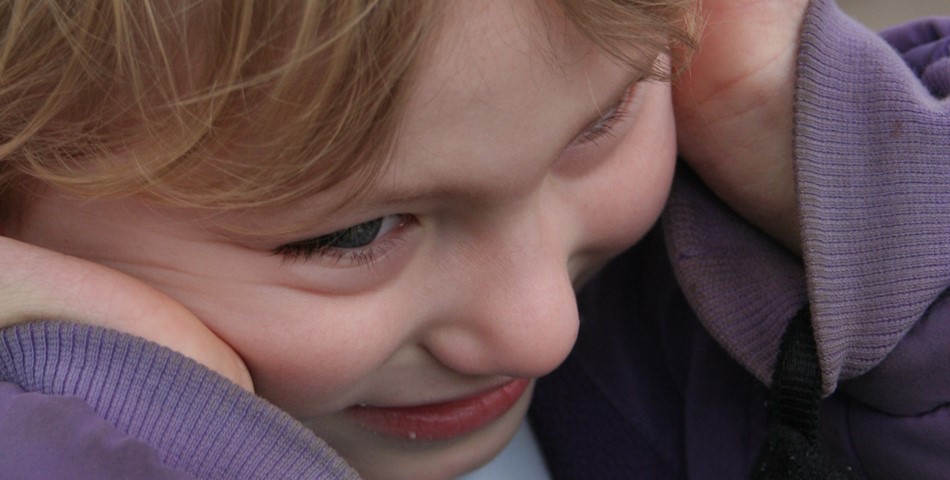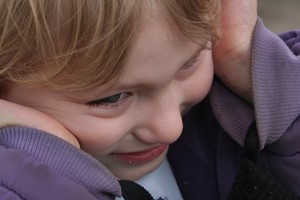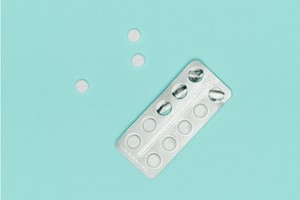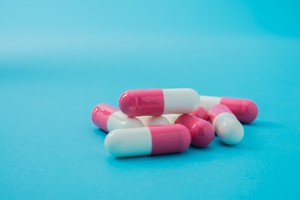2.1 million children and adults now live with autism, according to Red Newswire. Yet, few therapies exist to treat this disease-just a few medications and ABA (applied behavioral analysis) programs.
This is a fragmented $1.8 billion market comprised of for-profit and non-profit providers that serve autistic patients via brick & mortar centers and in-home therapy provided by therapists. Waiting lists are growing and only 36% of patients are estimated to have access to insurance coverage.
Autism spectrum disorder (ASD) is a group of complex neurological disorders characterized by varied patterns of behaviour, and problems with social communication and interaction. The major signs, and symptoms of ASD includes compulsive behaviour, inappropriate social interaction, learning disability, anxiety, sensitivity to sound, repetitive movements, and many others.
As per the 2017 reviewed data suggested by Centers for disease control and prevention, it is observed that the condition is 4.5 times more common among boys than among girls. Notably, rising awareness about the condition is the key factor driving the autism disorder and treatment market, highlights Bharat Book Bureau. From the current scenario it is found that various government or privately held societies are continuously putting efforts to make people aware of autism disorder.
The early indicators to look out for include loss of language or social skills, lack of response, poor eye contact, no single words or two-word phrases by the age of 2 years. If left unrecognized by the age of 3 years, one may recognize later through impaired ability to make friends, stereotyped or unusual use of language, inability to initiate or withstand a conversation with others; varying specific routines or rituals and impairment or absence of imaginative and social interactions.


The global autism spectrum disorders (ASD) market is expected to grow to $412.7 million by 2019, a compound annual growth rate (CAGR) of 2.7%, according to BCC research. Rising research & development activities have also attracted a great deal of attention, observed by Bharat Book Bureau.
Despite these significant driving factors, there are some issues associated with market. Patent expiration of drugs is expected to decline the market growth in near future. The Autism Disorder and Treatment Market is expected to be concentrated across the eight major countries such as US, Canada, France, UK, Germany, Spain, Italy, and, Japan.
Regional market analysis reflects the dominance of developed world on the Autism disorder treatment market. North America leads the world and is closely followed by Europe. The Asian continent is led by Japan. A close observation will reflect the fact that increasing screening is the likely cause of increasing Autism cases. This reflects an untapped and unmet needs of the developing world.
Thus the market will be dominated by developed regions in the years to come and only after advent of a specific drug will the developing region market pick up. Market for non-pharmacological treatment especially in the developing world will be more affected by government policies and rising incomes. The Autism Disorder and Treatment market is currently dominated by various few players.
Bristol-Myers Squibb and Otsuka Holdings Co., Ltd. are one of those by holding a strong share in the market. Both companies in collaboration introduced ABILIFY® (aripiprazole) drug for the treatment of conditions associated with autistic disorder. Currently, there are only two FDA approved drugs for autistic disorder in the market i.e., Abilify (aripiprazole) and risperidone. Risperidone was introduced by Janssen Pharmaceuticals, Inc., a subsidiary of Johnson & Johnson Services, Inc. by manufacturing prescription pharmaceutical products.











